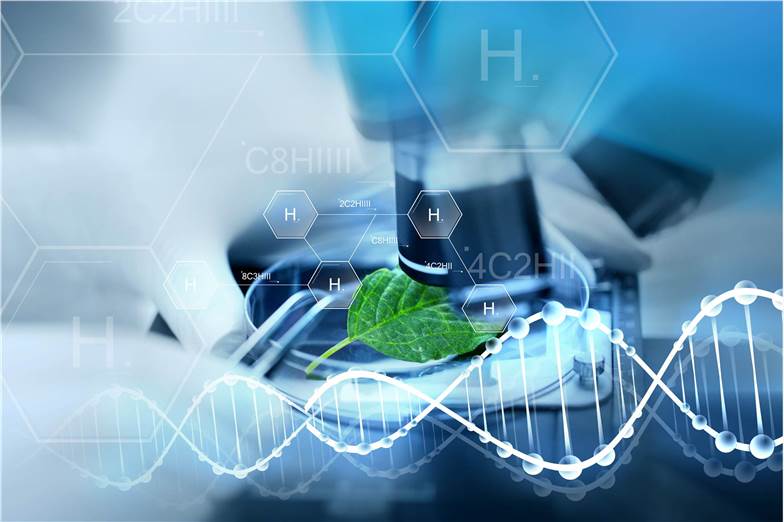With the continuous development of histological techniques, combined multi-omics analyses have been widely used to elucidate complex biological mechanisms in plants, of which the transcriptome and metabolome are the more mature and in-depth techniques. The combined analysis of transcriptomics and metabolomics enables a full spectrum of genes and metabolites to be analyzed. The combined analysis of both groups allows various biological questions to be addressed in plants, both in terms of 'cause' and 'effect'.

With the development of high-throughput sequencing and mass spectrometry technologies, more and more sequencing and mass spectrometry data are being obtained. Lifeasible, the most promising plant service provider, focuses on correlating differentially expressed genes in the transcriptome with differential metabolites detected in the metabolome.
We have successfully provided combined transcriptome and metabolome analysis services for many important crops, including wheat, soybean, tomato, maize, cotton, tobacco, and rice.
Differentially expressed genes are obtained from the transcriptome by screening criteria such as FDR < 0. 05, and differential metabolites are obtained from the metabolome by screening criteria such as P < 0. 05 and VIP ≥ 1. The differential genes and metabolites are annotated with KEGG pathways, and the two groups of data are validated against each other to identify the metabolic pathways of key changes.
Often more pathways will be obtained, so enrichment analysis is required. Pathways with P < 0. 05 are screened for focus to find the most relevant pathway information.
Pearson/Spearman-based correlation analysis allows the calculation of correlations between genes and metabolites. Gene metabolite pairs with correlation coefficients R > 0. 8 and correlation significance tests P < 0. 05 are screened for correlation clustering heat map, nine-quadrant plot, and network graph analysis to directly display the correlation between genes and metabolites.
Based on the O2PLS model, the overall impact of the different data sets can be reflected on the one hand, and the weight of the different variables in the model can be directly reflected on the other. The O2PLS model is used to analyze the transcriptome and the metabolome by selecting the correlated parts of the two data sets and plotting the loadings separately to initially determine the variables with higher correlation and weighting in the different data sets and then to filter out the significant variables affecting the other data set.
Our combined transcriptomic and metabolomic analyzes can uncover differential genes from large amounts of transcriptional information, rapidly identify core regulatory networks, help clients identify key candidate genes and clarify the functions of related transcription factors, and elucidate the biological mechanisms of plant stress, growth, and development, and regulation of active substances.

Lifeasible's joint plant transcriptomics and metabolomics analysis protocols offer a new way of looking at non-model plants without reference genomes. Please feel free to contact us if you have any questions, requests, or collaboration interests.